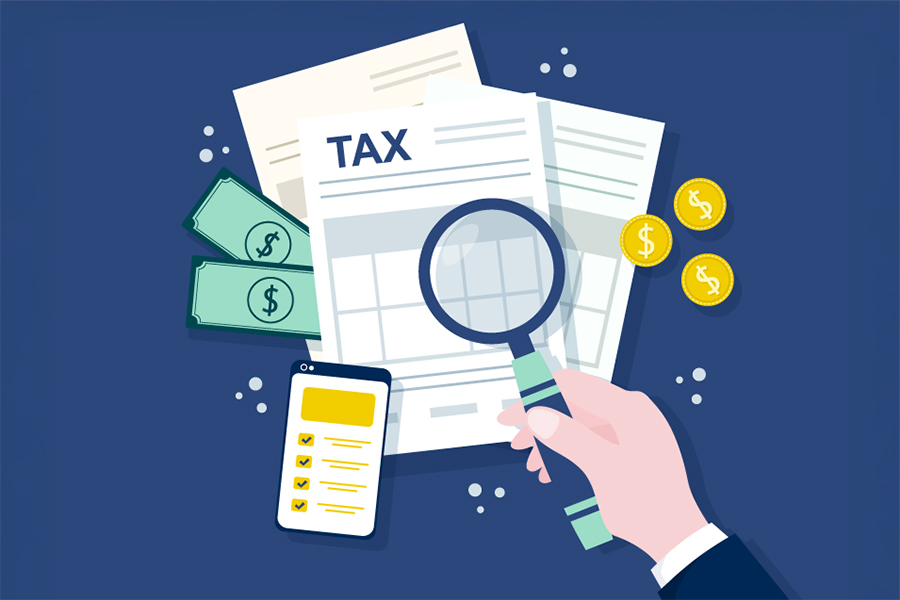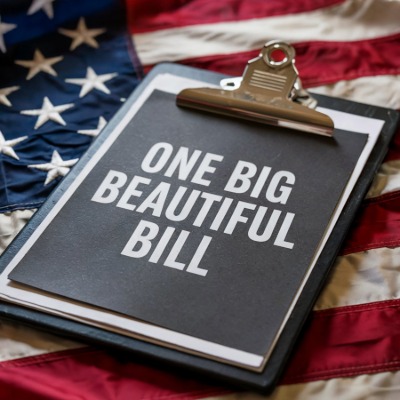One Big Beautiful Bill Act: What High-Income Earners Should Know for 2026

Are You in the 37% Tax Bracket? Three Subtle Changes You Should Plan For
The One Big Beautiful Bill Act (OBBBA) aims to keep today’s lower tax rates in place after 2025. That sounds like good news—but if you’re in the top tax bracket, your tax bill might actually increase starting in 2026. Here’s why:
1. Your Itemized Deductions May Be Less Valuable
If you’re in the top tax bracket (currently 37%), every dollar you deduct today saves you 37 cents in taxes. But starting in 2026, OBBBA introduces a new rule: you’ll only save 35 cents for every dollar you deduct.
This may sound minor, but for high-income taxpayers, it adds up quickly. For example, if you deduct $100,000 in mortgage interest, state taxes, or charitable giving, your tax savings drop by $2,000. Multiply that across years and larger deductions, and the cost becomes significant.
And if you’re thinking this might be offset by the expanded SALT deduction of $40,000, think again. Most top-bracket taxpayers won’t qualify for that benefit due to income-based phaseouts built into the law. For business owners, there are possible workarounds via pass through entities, e.g. S corps, partnerships, etc. to avoid these SALT limits.
Let’s make this clear:
- If you’re in the top bracket, your deductions still reduce your taxable income—but the value of each deduction is capped.
- This new rule permanently replaces the old Pease limitation, which used a more complex formula to gradually reduce deductions. For some taxpayers, the Pease limitation was more punitive than the 2% reduction (37% vs. 35%).
- Now, it’s simple: you get 35 cents of tax savings for every $1 deducted.

2025 Year-End Tax Guide: Navigating the One Big Beautiful Bill Act
Make the most of the tax code before 2026 changes take effect. Our 2025 Year-End Tax Guide offers a concise checklist. Use it to evaluate your opportunities, coordinate with your tax and financial advisors, and position your portfolio for the years ahead.
2. The 37% Bracket Gets Less Inflation Protection
Every year, the IRS adjusts tax brackets for inflation. This helps prevent “bracket creep,” where your income increases slightly but you get pushed into a higher tax rate due to inflation, not real earnings growth.
Starting in 2026, OBBBA changes the way brackets adjust. The 10%, 12%, and 22% tax brackets will receive an extra year of inflation adjustment. Those thresholds will increase more than usual. For example, assuming 2% inflation, most brackets will go up about 4%. But the top marginal bracket of 37%? It increases just once—by about 2%.
Why Does This Matter?
- Lower brackets (10% to 22%) will stretch wider, giving more breathing room.
- The 37% bracket won’t adjust as much, which means it starts sooner.
- That compresses the second-highest bracket of 35% and pushes more of your income into the top rate.
In simple terms: The lower brackets get more inflation relief. The top ones don’t. So more of your income could fall into the 37% bracket—even if your earnings don’t change.
Real-life example: Let’s say you earn $3 million. Because the lower brackets expand faster, a slightly larger portion of your income gets taxed at 37%. Even though your income stays the same, your tax bill increases. It’s a subtle shift, but one that adds up over time.
So yes, the 37% rate stays the same—but more of your money gets taxed at it.
3. A New 0.5% AGI Floor on Charitable Deductions for Those Who Itemize
Starting in tax year 2026, OBBBA imposes a 0.5% of AGI floor on individual charitable contribution deductions under Section 70425. That means if you itemize, you must subtract 0.5% of your AGI from your total gifts before any deduction. If your AGI is $500,000 and your charitable contributions were $10,000, you can only deduct $7,500 in your itemized deductions.
Note: The OBBBA also creates a universal charitable deduction up to $1,000 for single filers ($2,000 for joint), but only if you take the standard deduction. You cannot claim this extra $1,000 on top of an itemized schedule, and the 0.5% AGI floor does not apply to these charitable deductions.
The Bottom Line
If you’re in the top tax bracket:
- Your deductions will be worth less. That means you get less tax benefit from things like mortgage interest and charitable contributions.
- More of your income could be taxed at 37%. Brackets aren’t adjusting evenly—and that shift works against high-income earners.
These changes don’t raise the top tax rate, but they do lead to higher taxes for many wealthy households. Strategic planning in 2025 can make a meaningful difference.
High-income taxpayers have a narrowing window to respond to these changes. Whether you’re thinking about charitable giving, Roth conversions, or accelerating deductions, early action is key.
At Savant Wealth Management, we help individuals navigate complex tax laws. Contact us today to develop a strategy for 2026 and beyond.
Source
Savant Wealth Management (“Savant”) is an SEC registered investment adviser headquartered in Rockford, Illinois. Past performance may not be indicative of future results. Different types of investments involve varying degrees of risk. Therefore, it should not be assumed that future performance of any specific investment or investment strategy, including the investments and/or investment strategies recommended and/or undertaken by Savant, or any non-investment related services, will be profitable, equal any historical performance levels, be suitable for your portfolio or individual situation, or prove successful. Savant is neither a law firm, nor a certified public accounting firm, and no portion of its services should be construed as legal or accounting advice. You should not assume that any discussion or information contained in this document serves as the receipt of, or as a substitute for, personalized investment advice from Savant. A copy of our current written disclosure Brochure discussing our advisory services and fees is available upon request or at www.savantwealth.com. The scope of the services to be provided depends upon the needs of the client and the terms of the engagement.
